Fentzke, KP, Rees, AP, Tarran, GA, Breimann, SA, Blusztajn, J, Nielsen, SG and Hardisty, DS 2025 Euphotic iodate production along an Atlantic Meridional Transect. Chemical Geology, 693. 122988. 10.1016/j.chemgeo.2025.122988
Full text not available from this repository.Abstract/Summary
The oxidized iodine species, iodate, is abundant in well‑oxygenated marine waters and can be tracked in sediments to reconstruct ancient oxygen availability. Despite known modern marine spatial variations in both iodate and reduced iodide, the rates, pathways, and locations of iodate formation remain poorly understood for temporal gradients across Earth history. To quantify rates and pathways of iodate formation across an ocean basin, we performed ship-board tracer experiments in euphotic waters with known gradients in iodine speciation on an Atlantic Meridional Transect (45◦S and 37◦N). We performed incubations at depths corresponding to 7 % and 1 % of ambient surface light levels, thus tracking the boundaries of the deep chlorophyl maximum (DCM), from 11 stations along the transect. All incubations were spiked with a 129I (t1/2≈15.7 My) tracer and mimicked ambient conditions. We observed iodate production via multiple pathways. The most common observation was a lack of significant iodate production, with iodate production limited to 7 of the 22 locations and nearly exclusively observed at the DCM and outside the nitrogen and iron limited South Atlantic Gyre. Iodate formation from direct iodide oxidation is inferred in only two locations based on increases in iodate 129I/127I ratios. At the other locations, decreases in iodate 129I/127I ratios imply that rapid reactions with and overturning of alternative natural iodine pools, likely iodine intermediates, are an important factor for iodate production. Our work emphasizes that the rates and pathways of iodate production are spatially heterogenous in the Atlantic Ocean. Future work is needed to determine the drivers, temporal variations, and trends within global ocean basins.
| Item Type: | Publication - Article |
|---|---|
| Additional Keywords: | Iodine speciation Atlantic Meridional Transect Isotope tracer Paleoredox proxy |
| Divisions: | Plymouth Marine Laboratory > National Capability categories > Atlantic Meridional Transect |
| Depositing User: | S Hawkins |
| Date made live: | 23 Sep 2025 08:46 |
| Last Modified: | 23 Sep 2025 08:46 |
| URI: | https://plymsea.ac.uk/id/eprint/10511 |
Actions (login required)
 |
View Item |


 Lists
Lists Lists
Lists